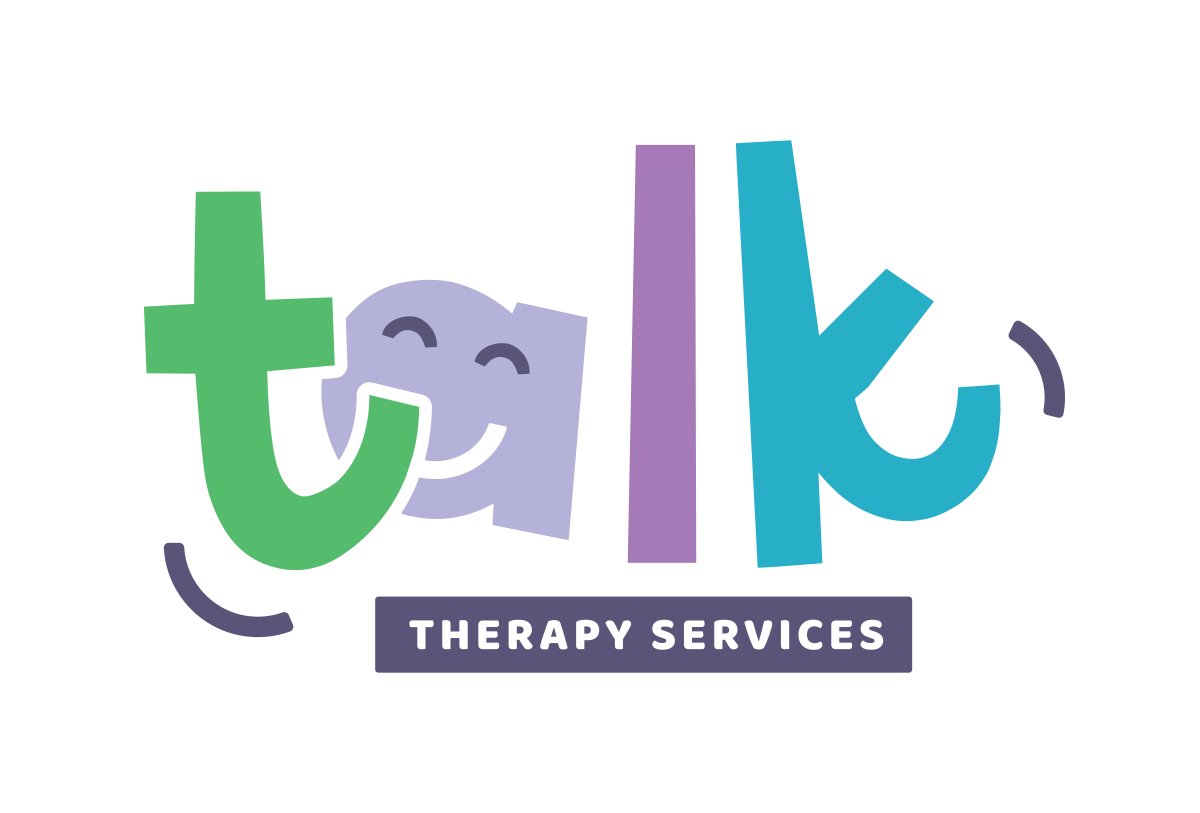Autism Acceptance Month: Supporting Communication for Individuals with Autism
April is Autism Acceptance Month, a time dedicated to promoting understanding, inclusion, and support for individuals with autism. Communication is a fundamental aspect of connection, yet many individuals on the autism spectrum experience unique challenges in this area. By fostering supportive communication strategies, we can help individuals with autism express themselves, connect with others, and thrive in their daily lives.
Understanding Communication Differences in Autism
Autism is a spectrum, meaning communication abilities vary widely among individuals. Some may be highly verbal, while others rely on augmentative and alternative communication (AAC) devices, gestures, or nonverbal cues. Common communication challenges include:
Delayed speech and language development
Difficulty understanding and using nonverbal communication (e.g., facial expressions, gestures)
Echolalia (repeating words or phrases)
Challenges with social communication (e.g., turn-taking, initiating conversations, understanding tone)
Recognizing these differences allows us to create more effective and individualized communication support strategies.
Strategies to Support Communication
Encourage Alternative Communication Methods
Not all communication happens through spoken words. AAC devices, picture exchange systems (PECS), sign language, and visual supports can empower nonverbal or minimally verbal individuals to express themselves.Use Visual Supports
Many individuals with autism benefit from visual schedules, cue cards, and social stories that help them understand expectations and navigate conversations.Promote Structured and Predictable Interactions
Predictability helps individuals with autism feel more comfortable communicating. Using routines, familiar phrases, and clear instructions can reduce anxiety and encourage participation.Practice Social Communication Skills
Role-playing conversations, turn-taking games, and modeling appropriate social interactions can help individuals with autism build confidence in communication.Be Patient and Allow Processing Time
Some individuals with autism need extra time to process and respond to verbal communication. Give them space to formulate their thoughts without rushing or interrupting.Celebrate All Forms of Communication
Whether through gestures, writing, AAC, or spoken words, every effort to communicate is valuable. Recognizing and reinforcing all forms of expression helps individuals feel understood and empowered.
Building Inclusive Communities
Autism Acceptance Month is a call to action for creating inclusive environments where individuals with autism feel valued and heard. Schools, workplaces, and communities can:
Educate others on autism and communication differences
Promote sensory-friendly spaces
Encourage peer understanding and support programs
Advocate for accessible communication tools and resources
Supporting communication for individuals with autism goes beyond therapy sessions; it requires understanding, patience, and acceptance from society as a whole. By embracing diverse communication styles and providing tailored support, we can help individuals with autism build meaningful connections and lead fulfilling lives. This April, let’s move beyond awareness to true acceptance and action in supporting communication for all.

